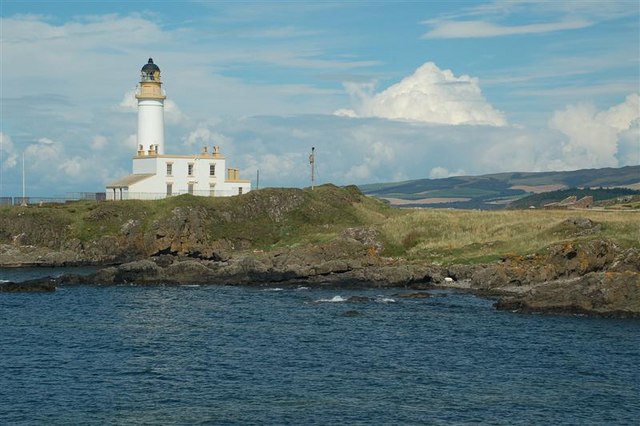Maidens originated as a fishing village, and it has a number of old buildings with interesting connections. Robert Burns used to drink in The Cellars, among the oldest buildings in the village but which has since been modernised. Meanwhile, just outside the village is Shanter Farm, where one of Burns' most famous characters, Tam O'Shanter, lived. There is another old cottage with the intriguing name "Weary Nuek". Robert The Bruce allegedly landed here from Rathlin Island in 1307, sat down on a stone at the site of the cottage and declared that "this is a weary, weary nuek".
Looking at the map of Turnberry, one prominent feature stands out: a stonking great golf course. This is the Ailsa, one of the courses afforded the honour of hosting the Open Championship. The course is named after a distinctive island out to sea called Ailsa Craig which can be seen on the horizon, a sight which is particularly memorable when backed by a magnificent sunset. Another notable feature in the view from the golf course is the Turnberry lighthouse, 24 metres high and built in 1873 to a design by David and Thomas Stevenson. The Ailsa, along with another course called The Kintyre, form part of the luxurious Trump Turnberry Resort. The resort opened in 1906, with the hotel at its heart then named the Station Hotel. During World War I the resort was used as an airbase, and the disused landing strip is still visible. The Royal Flying Corps used the site for training purposes, and the hotel itself was used as a hospital for the wounded. This scenario was repeated during World War II, this time with the Royal Air Force doing the training. There is a memorial to lost airmen on a hill overlooking the 12th green.
 | |
|
Turnberry Lighthouse - geograph.org.uk - 907831. Photo by Mary and Angus Hogg, via Wikimedia Commons
|
No comments:
Post a Comment